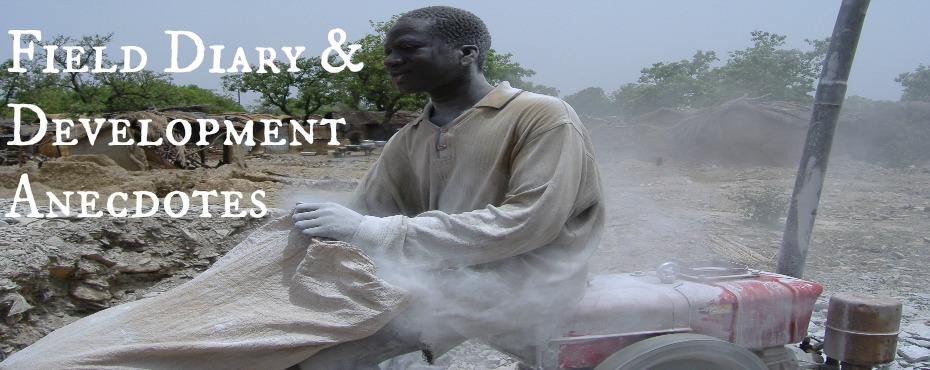There is a ubiquity about rural Malawi that most travellers to sub-Saharan Africa would appreciate. In fact, I would say that it has a certain ambiance about it. It possesses all of the characteristics that the traveller has come to recognize as being quintessentially rural African: goats roaming freely; cattle herders directing their flocks on to roads, pretending to be unaware of the cars passing by in excess of 100 km/hr; and rural traders, stationed 50 feet apart, selling the same product – in this case, watermelons – for a three mile stretch. If one stops and thinks about why these various phenomena persist throughout rural sub-Saharan Africa, the answer is, I guess, simple: they are, in effect, products of evolution. They are what we identify as the very constituents of sub-Saharan Africa’s rural cultural fabric. These ‘sights’ have emerged from decades of political, economic and socio-cultural change.
When reflecting upon my travels to Sierra Leone and more recently, Liberia, I cannot help thinking about how rare such sights are. One rarely sees a goat running around in the rural stretches of both countries; the banana vendor, who is normally a regular sight, can never be found; and agricultural commerce is absent – at least to the naked eye. The reconstruction process has been painfully long in both countries, dependent upon the inflow of donor funds from a range of countries, including the UK, US, China and – until recently – Libya. Some recent highlights on this front include US$1.2 million being pledged to reconstruct the Liberia National Police, and US$62 million being awarded by the African Development Bank and the OPEC Fund for the reconstruction of three water stations in Sierra Leone. But as more infrastructural pieces fall into place, the absence of ubiquitous rural African images becomes all the more obvious.
We are all aware of how the reconstruction projects in Liberia, Sierra Leone and elsewhere in sub-Saharan Africa are the ‘operationalized’ visions of donors and donor governments. Sure, the taps will eventually come back on; the electricity may finally flow once again. But all of the money in the world cannot restore cultures – dolalrs cannot ‘recreate’ the circumstances that lead rural people to line up stalls of watermelons, 50 yards apart, for three mile stretches. Culture must evolve, typically over generations – it cannot be restored.
As paradoxical as it may sound, next time I travel to rural Liberia, I will certainly remember to pack fruit...
